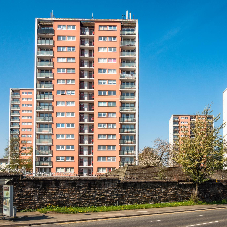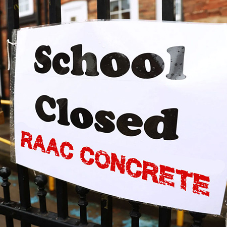With 2016 looming on the horizon I have had a look at some of the industry deadlines, challenges and predictions for the year that everyone is talking about. BIM Level 2 Targets, 2016 Zero Carbon Target and predictions of economic growth are all set to happen in 2016. Are we, as an industry, ready for the deadline?
BIM Level 2
As part of a government initiative to reduce building costs, the Cabinet Office published the Government Construction Strategy in 2011. This strategy announced that all government-funded construction projects will “require collaborative BIM data (with all project and asset information, documentation and data being electronic) by 2016”. Although recent reports have speculated that the Government is set to miss their target there has been no official word from the Cabinet Office to push back the original deadline.
Despite 2016 getting ever closer key sectors of the construction industry continue to approach BIM with trepidation. A recent report by McGraw Hill indicated that just 11% of contractors were frequent users of BIM, compared with 60% for other consultants. Similarly Facilities Managers continue to be sceptical of the benefits BIM can provide with many citing initial investment as a concern when it comes to implementation.
It seems that the benefits of BIM for those involved in construction projects beyond the initial design stage are not as clear. Proper implementation of BIM improves efficiency and reduces waste throughout the life cycle of a building. The benefits of BIM are as apparent in the build phase and management of a building as they are in the design process so we must, as an industry, embrace this new way of working ahead of 2016.
2016 Zero Carbon Target
A watering down of the original 2016 zero carbon homes target sent ripples of debate through the industry following the Queen’s Speech on the 4th June 2014. The new legislation excludes small housing developments from its green measures and sets a requirement of just a 44% reduction in CO2 emissions, significantly reducing its target of making all new homes zero-carbon by 2016. Additionally larger developments would only be required to build to code level four as long as they offset the additional carbon through other projects, such as energy efficiency retrofit work.
Debate over these plans continues with Liberal Democrat Communities and Local Government Minister, Stephen Williams claiming that "by 2016 we will have gone from having some of the most energy inefficient houses in Europe to leading the world by being zero carbon”.
Some in the industry are concerned, however, that the exclusion of small developments will have an impact on housing supply. Paul King, chief executive of the UK Green Building Council said: “This decision could cause confusion and lead to perverse outcomes, for example the slowing down of housing supply as developers phase the delivery of ‘small sites’ to avoid regulations.”
Industry growth
Despite being the industry hit hardest by the 2007 downturn construction has been showing positive signs of recovery in the UK since spring 2013 and this trend is set to continue in 2014 and beyond. The Construction Products Association’s latest forecasts highlight that industry recovery is “becoming stronger and broader”. Similarly Building’s recent spring market forecast surmised that “the direction of the industry remains encouraging” despite a tapering off of output and price levels in Q1 2014.
Both sources agree that the trend for recovery is set to continue well into and beyond 2016. The CPA predicts that “construction industry is now on track to grow 18% by 2017 and contribute an additional £20 billion to the UK economy”.
What are your thoughts? Do you think the future is safe or do you have questions about BIM, Sustainable Homes or industry predictions? Get in touch with us today and let us know your thoughts by emailing editor@barbourproductsearch.info.
For the Construction Products Association’s latest forecasts see www.constructionproducts.org.uk.
For Building’s full spring market forecast visit Building.co.uk.
Related Blog Articles



crop192.png)












